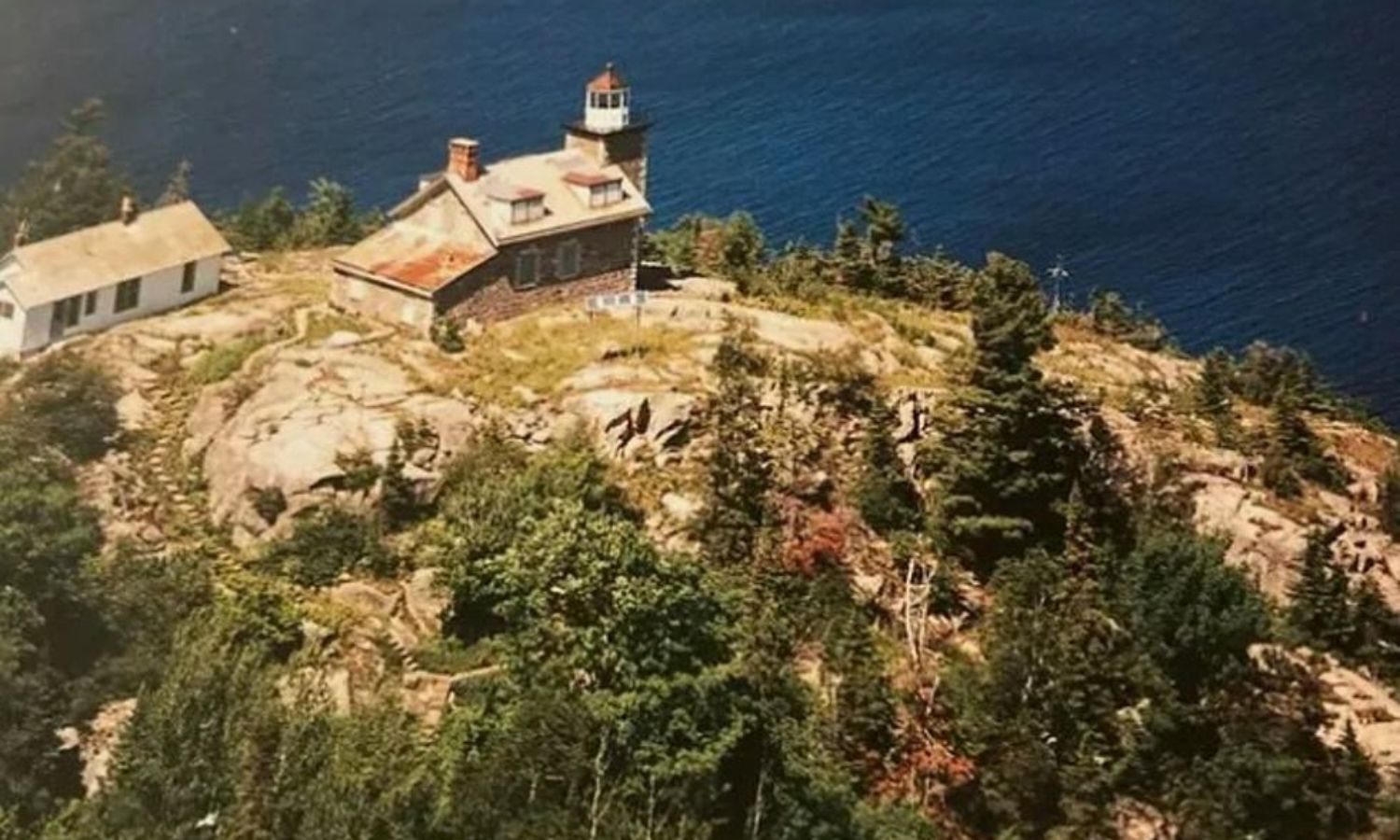In the early 20th century, President Theodore Roosevelt left a lasting mark on conservation by establishing numerous national parks and wildlife refuges across the United States. One such creation was the Huron National Wildlife Refuge, consisting of eight small islands on Lake Superior, Michigan¹.
The Huron Islands: A Natural Fortress
Situated just three miles offshore from Marquette County, the Huron Islands embody a natural wilderness fortress. These islands provide a haven for nesting gulls, bald eagles, and various bird species.
Lighthouse Island: A Beacon for Visitors
Of the eight islands, only Lighthouse Island is accessible to the public. It houses the historic Huron Island Light, constructed in 1868 after a shipwreck stranded livestock on what is now known as Cattle Island.
The Wrecks Below: A Diver’s Paradise
The waters surrounding the Huron Islands are teeming with submerged shipwrecks, offering a distinctive underwater adventure for scuba divers. This area is part of the Marquette Underwater Preserve, where the silent depths bring the past and present together.
The Path Less Traveled
Visitors to Lighthouse Island can traverse the same trails once used by old lighthouse keepers and survivors of 19th-century shipwrecks. The path from the boat landing to the lighthouse and beyond spans a rustic half-mile journey through history.
A Wilderness Untouched
The Huron Islands stand as a testament to the unspoiled beauty of nature. Without visitor accommodations, those who venture here must be prepared to embrace the wilderness as it has existed for centuries.
Conclusion
The Huron Islands serve as a monument to Teddy Roosevelt’s conservation vision, reminding us of the significance of safeguarding such sanctuaries for future generations. They provide an opportunity to witness the majesty of nature and the echoes of history.

